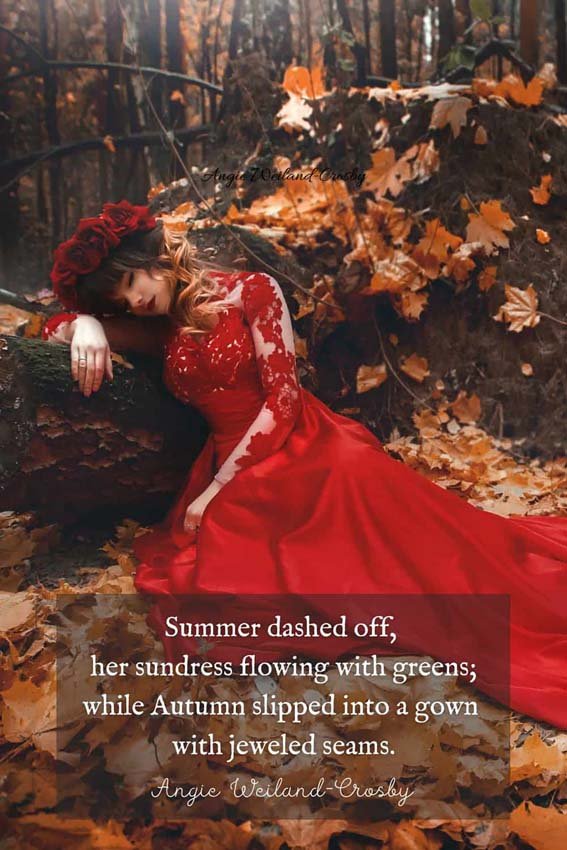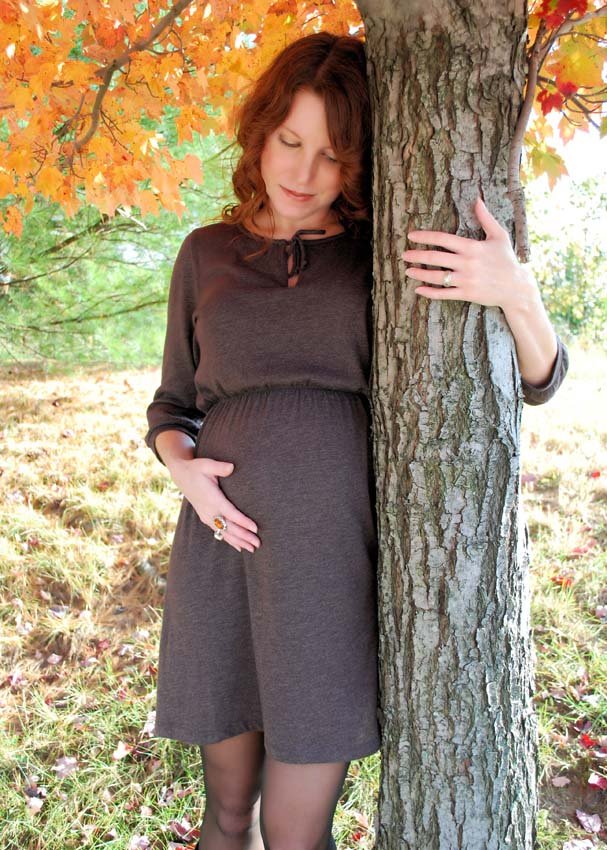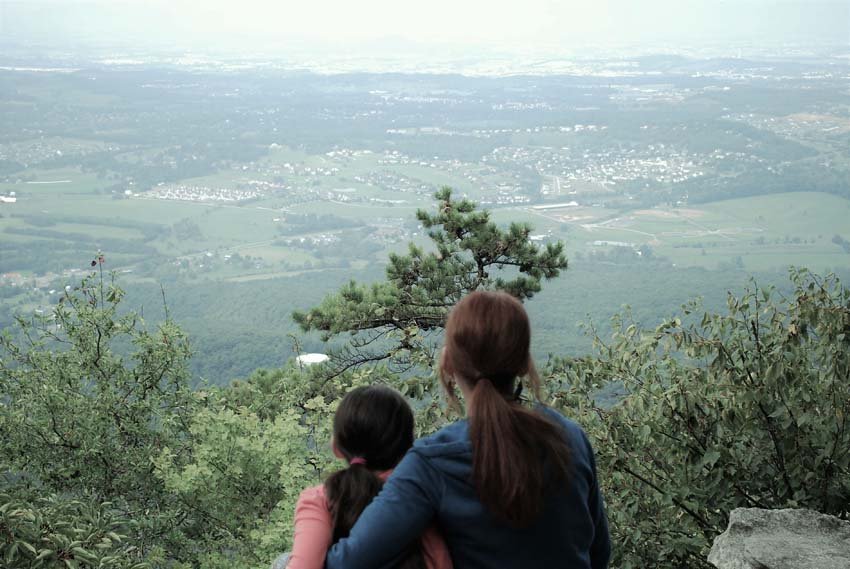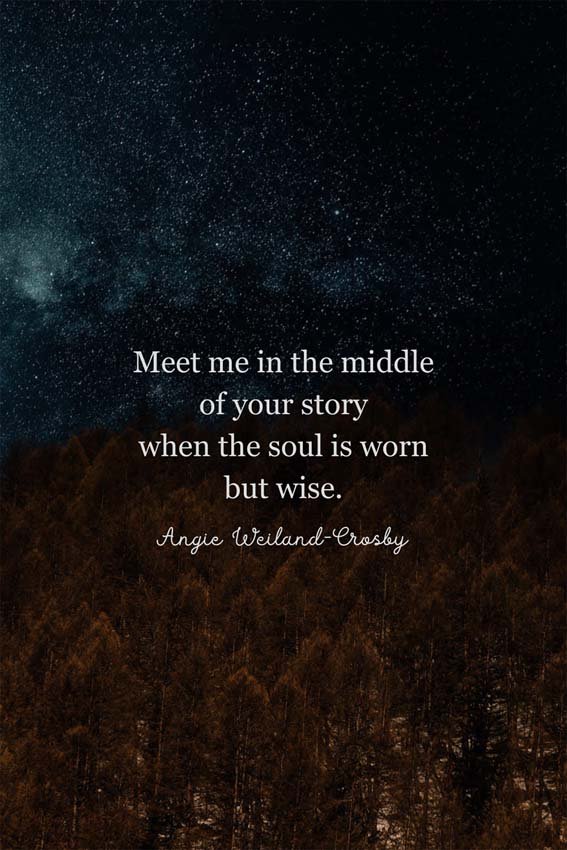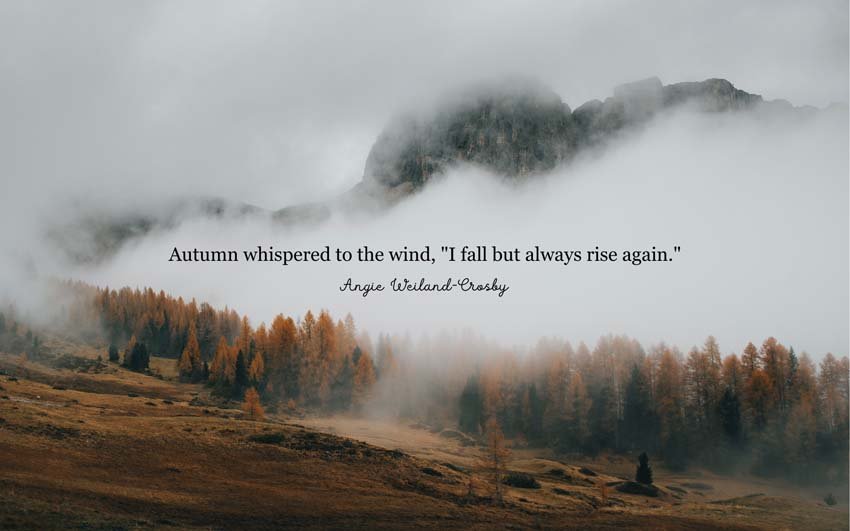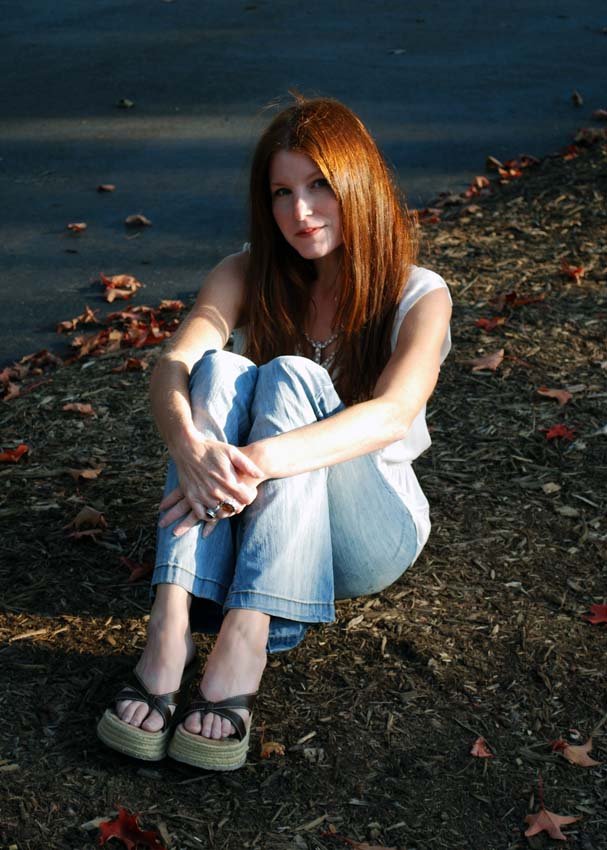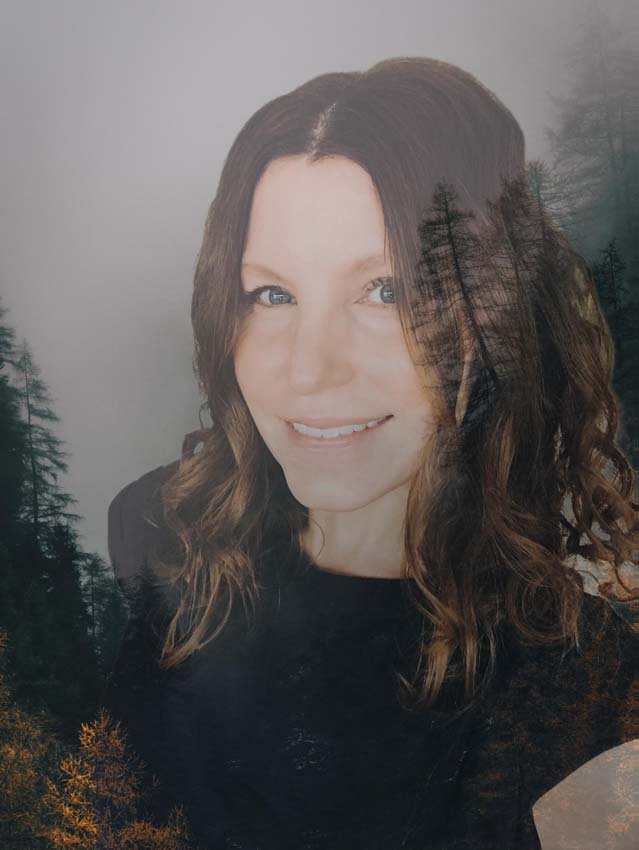+ By MacDuff Perkins
It’s somewhat appropriate that the first narrator of Angie Weiland-Crosby’s debut novel, Scarlet Oak, is a grim reaper, operating regionally, ferrying souls to either the “light” or the “dark.” Weiland-Crosby’s reaper has a name: Smis, an acronym for Southern Maryland in Shadow. Smis fills the dark edges of a deep forest where otherworldly tree sprites live in the cozy hollows of their parent trees.
Weiland-Crosby’s eponymous main character, the ethereal tree sprite Scarlet Oak, navigates the light and dark of nature without pause or question. But when a young boy rushes into the forest and hangs himself on her tree, the sprite finds herself face-to-face with Smis in a showdown over the boy’s spirit.
The magical realism of Weiland-Crosby’s world is reminiscent of L. Frank Baum’s The Wonderful Wizard of Oz with Dorothy having the voice of poet Mary Oliver. It’s a world of children’s forest games and the horrors of adult nightmares. And it comes directly from Weiland-Crosby’s imagination.
“Growing up, nature was everything to me,” she says, reflecting on her childhood in Southern Maryland. “I would sit in the backyard, use my imagination. That took me to different realities, and nature was always a character in those realities.”
Weiland-Crosby’s imagination guided her childhood relentlessly. She’d find the most secret glen in a forest or lose herself in a recitation of “The Rime of the Ancient Mariner.” She built elaborate house-forts out of fallen leaves and explored the secret universes of dust motes in a ray of sunlight. “As a highly sensitive person, I was perceptive of peoples’ emotions and pain,” she says. “I had to go out in nature and find a meditative state, an inner peace, and nothing else.”
Her stepfather’s military career allowed the family to travel extensively, but Weiland-Crosby eventually returned to Southern Maryland, where she attended St. Mary’s College of Maryland and immersed herself in a literature program. “I fell in love with both reading and analyzing novels and being lost in that world,” she says. “I never thought beyond college.”
Hit with a wanderlust following her graduation, Weiland-Crosby traveled with her boyfriend (whom she later married) for two years. When they landed in Los Angeles, Weiland-Crosby was still looking for career ideas and did what came naturally to her. “I purchased a book about jobs for English majors, and one of the jobs was a story analyst, a freelance script reader,” she says.
Di Novi Pictures, the production company behind many of Tim Burton’s movies, offered her an internship. Then a freelance position opened up at Creative Artists Agency. Soon, Weiland-Crosby was reading up to 1,500 pages a week in coffee shops or on the beach, writing reports on the strengths and weaknesses of plotlines and offering suggestions for improvements. “I was exhausted,” she says. “It taught me about story, what works and doesn’t work. I look back at those years as prep for Scarlet Oak, because [the novel] has a three-act structure, turning points, a cinematic feel and flow. I was writing based on the visuals in my head.”
All the reading and analyzing left little time for her own reading and writing. Needing a change of pace, she started working as a kindergarten teacher, bringing herself back into the magical world of innocence. “My teaching background made me realize that I perceive differences as beautiful things,” she says. Teaching pushed her to listen deeply to children, discovering their inherent voices that were still attempting to communicate. “I felt like if you could reach that child’s soul, you could teach them,” she says.
The children became teachers for Weiland-Crosby when, a few years later, she and her husband moved back to Maryland to start a family. Their daughter was a bright and curious baby, sweet and imaginative. But Weiland-Crosby became concerned when, at 18 months, her child’s only word was still “Mama.”
“In dealing with my daughter, sometimes life tells you to tilt your head sideways and peer through a new perspective,” she says, detailing her work in understanding her daughter’s autism diagnosis. “I had to navigate how to interact with her on her terms, merge into her world instead of forcing her into mine.”
Despite fears and concerns, Weiland-Crosby found a door toward understanding. She listened to her daughter, finding that she related with the world differently and needed safety to voice her experience. Weiland-Crosby encouraged her to be outdoors and communicate beyond language. “I learned how to interact with her, speak in her own place, without shaming her or putting pressure on her.” This intimate communication created a strong bond and allowed her daughter to start communicating, with no restrictions on person, place, or thing. She spoke of her unique world with agency and confidence. And Weiland-Crosby took notes.
That perspective influenced Scarlet Oak’s point of view. The sprite’s language offers very little explanation; instead, it invites the reader into her world through description. “When my forest father, Horace, spoke, his voice murmured in my sap-flow without outer sound, as was customary of a tree and its sprite,” Scarlet Oak says in the opening chapter.
It isn’t just Scarlet Oak’s language that mirrors Weiland-Crosby’s daughter’s experience. “There’s a misconception that a child with autism might not be ‘feeling,’” she says. “But there’s almost an abundance of feelings, and you can’t process it, so you go back into yourself. [Scarlet Oak] moves through the world with an abundance of emotion, figuring out how to connect with others while preserving herself.”
An old oak tree sits on the property of the Weiland-Crosbys’ home on Duvall Creek, and the tree became the spot where their daughter would seek to restore her own emotional fortitude. “I’d find her in times of sadness, navigating difficult emotions, sitting under the tree,” says Weiland-Crosby. “She’d hug the tree, pace it. One day, I was watching her, and it was like a spark: the tree is her second parent. And I thought, ‘What if a tree births a sprite?’” Thus, Scarlet Oak was born.
Weiland-Crosby knew that she was writing an out-of-the-box novel and needed to build an audience that would be receptive for her figurative style. She started a blog, Mom’s Soul Soothers, to create a place for recognition and validation along the path of motherhood. Her husband, recognizing his wife’s talent as a wordsmith, encouraged her to write inspirational quotes for social media. “I started on Pinterest, and the same things were coming up all the time,” she says. “I love Rumi, Jane Goodall, and John Muir. But I thought, ‘I have this deep love for nature, let me write a quote and see what happens.’”
Soon, media outlets were picking up her quotes and using them. She turned from Pinterest to Instagram and started collaborating with photographer Eberhard Grossgasteiger, publishing soulful landscapes with meaningful statements.
Today, Weiland-Crosby’s corner of the internet is a place of spiritual magnitude, and her followers number almost 40,000. Reviews of Scarlet Oak speak to the novel’s ability to deliver a doorway back to connection between humans and nature. And Mom’s Soul Soothers offers the emotional support parents seek in times good and hard.
In watching his beloved tree sprite leave his hollow, the father oak Horace offers sage advice: “If words can’t find you, speak from your soul.” Weiland-Crosby speaks this language with fluency. █
For more information, visit angieweilandcrosby.com
or @angieweilandcrosby on Instagram.
